The collection consists of research work and company reports, along with a few photographs created during his time as an employee of the company.
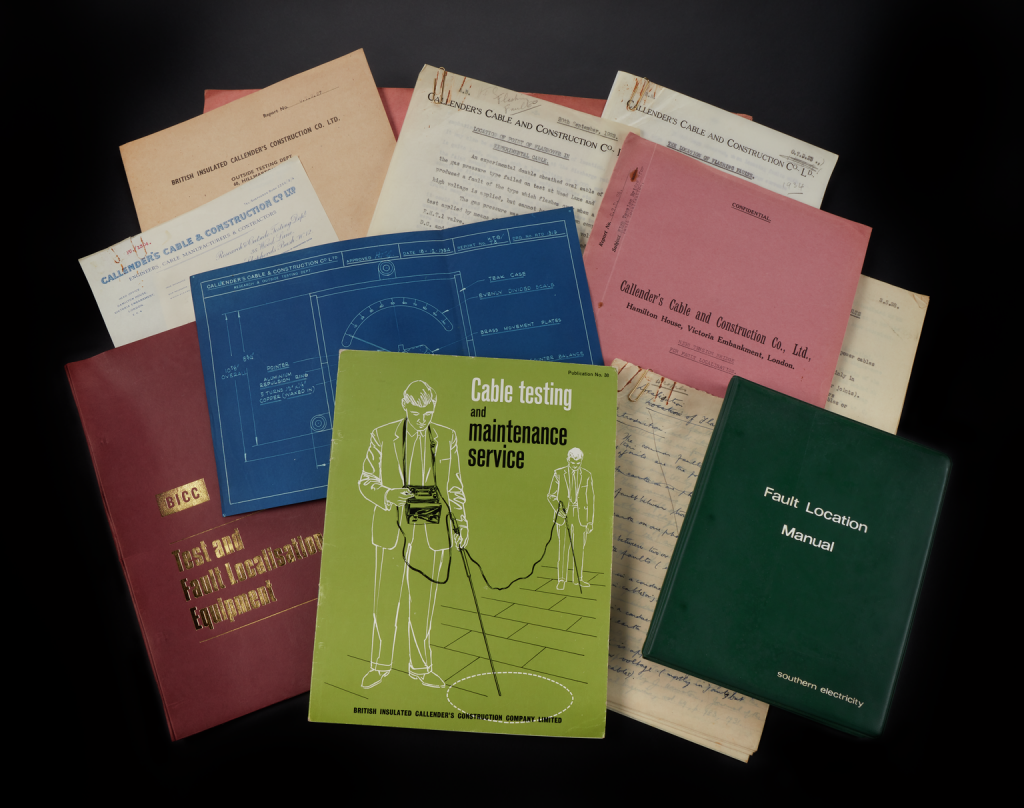
Science Museum Group Collection
© The Board of Trustees of the Science Museum
This collection is important as it contributes to larger collections we have here related to the electricity industry, which came from the controlling authority, the Electricity Council (YA1989.338), which oversaw the running of the industry from the 1930s until privatisation.
Various electrical companies contributed to the infrastructure of the National Grid and the supply of electrical appliances to domestic customers, while cable companies supplied high voltage and domestic wiring both nationally and abroad.
An important aspect of keeping the supply of electricity flowing is detecting faults in electrical cabling, which had been a problem ever since supply cables were first strung across the country and eventually laid in our cities and towns. Even in 1938, faults were still being detected by using a long mahogany stick with a telephone earpiece fitted to one end, which allowed the technician to listen out for the clicking sound caused by a fault in a buried electrical cable. In a report written by A T Starr and H T Gooding in 1938, Localisation of Flashing Faults in Cables, they observe that ‘The modern practice of interconnection of large power, high voltage systems as exemplified by the “Grid Scheme” demands, above all things, the maximum reliability of operation.’
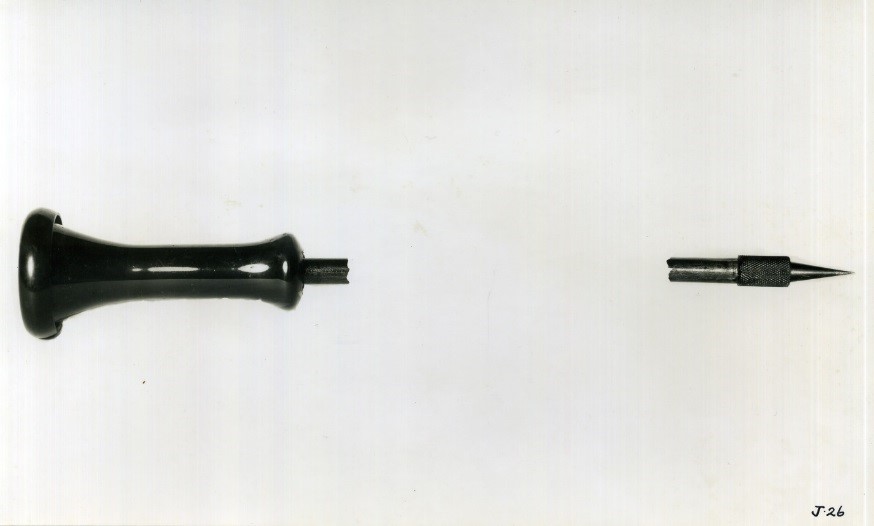
The collection reflects the early development work to ‘maximise reliability of operation’ carried out by H T Gooding—later nicknamed ‘High Tension’ Gooding—whilst working for Callender Cables & Construction Co Ltd at their Research & Outside Testing Department on Wood Lane.
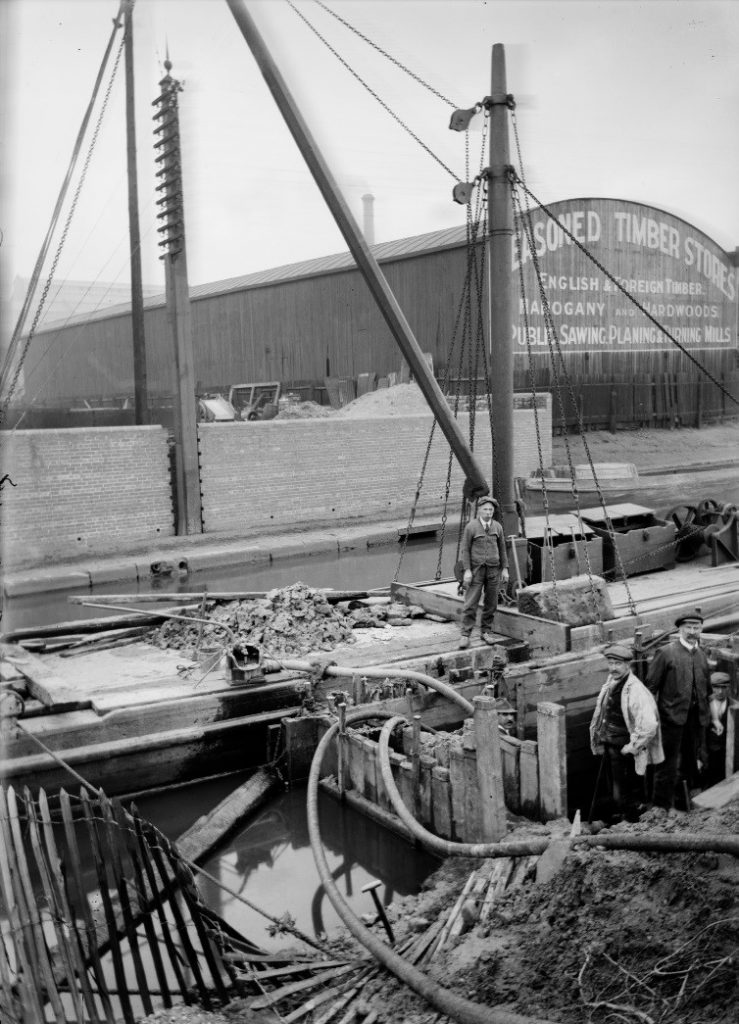
Science Museum Group Collection
© The Board of Trustees of the Science Museum
Whether the cable was laid in a trench down a street or stretching out across waterways and seas, their work enabled electrical distribution companies (as well as those in other industries reliant on large amounts of cabling, such as telecommunications and mining), to identify and rectify cable faults sooner.

Science Museum Group Collection©
The Board of Trustees of the Science Museum
Gooding and his department’s research helped in calculating, devising and developing test equipment to locate these faults. With this knowledge, the team helped to develop and build working and portable fault-finding equipment.
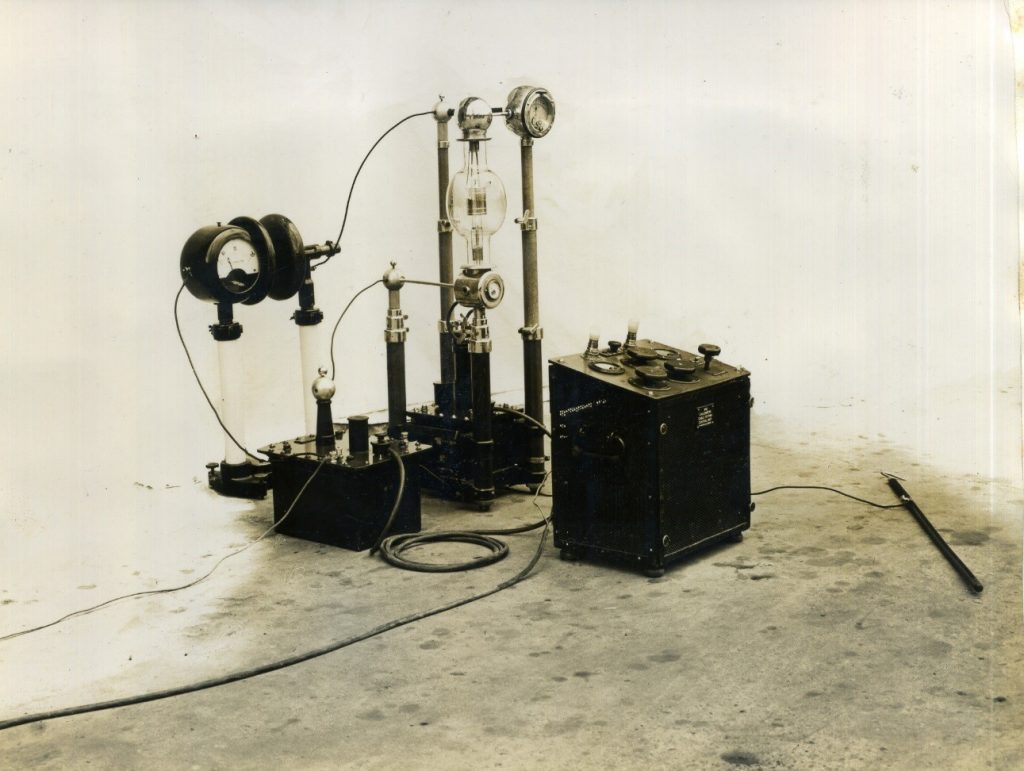
Science Museum Group Collection
© The Board of Trustees of the Science Museum
The ‘portable’ equipment was then taken out by Gooding and the team to carry out field tests, to see how well it worked.
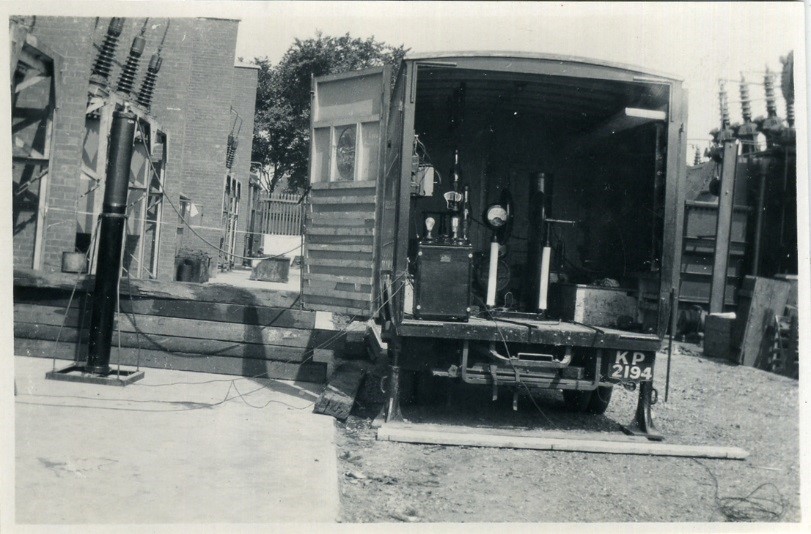
Science Museum Group Collection
© The Board of Trustees of the Science Museum
Gooding retired in 1968, but his legacy lived on in electrical distribution circles. An E Hill from Southern Electricity wrote to Gooding wishing him well on his retirement, and included a recently published copy of their fault location manual used by their engineers.
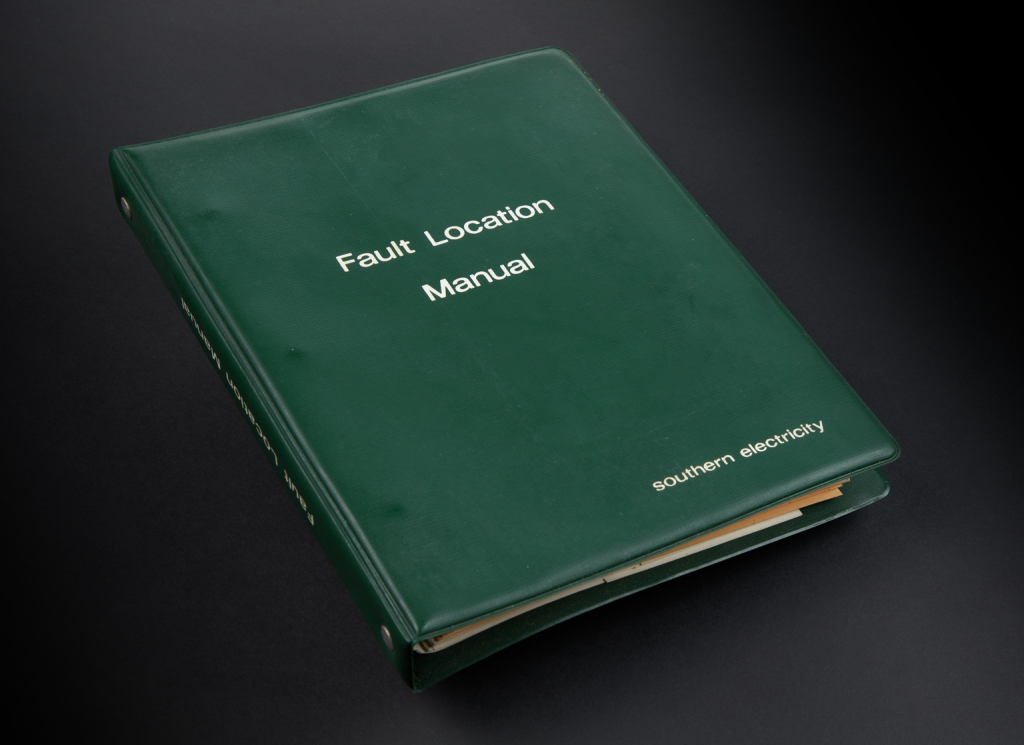
Science Museum Group Collection
© The Board of Trustees of the Science Museum
In his letter, Hill wrote:
“You might be interested to know that wherever engineers are gathered together, your name is mentioned with great respect as one of the leaders in the art and craft of ‘Fault Location’, and our own expert, Mr John Classey, when lecturing staff always makes reference to your various works on this subject.”
A fitting tribute to an early pioneer of cable fault detection.
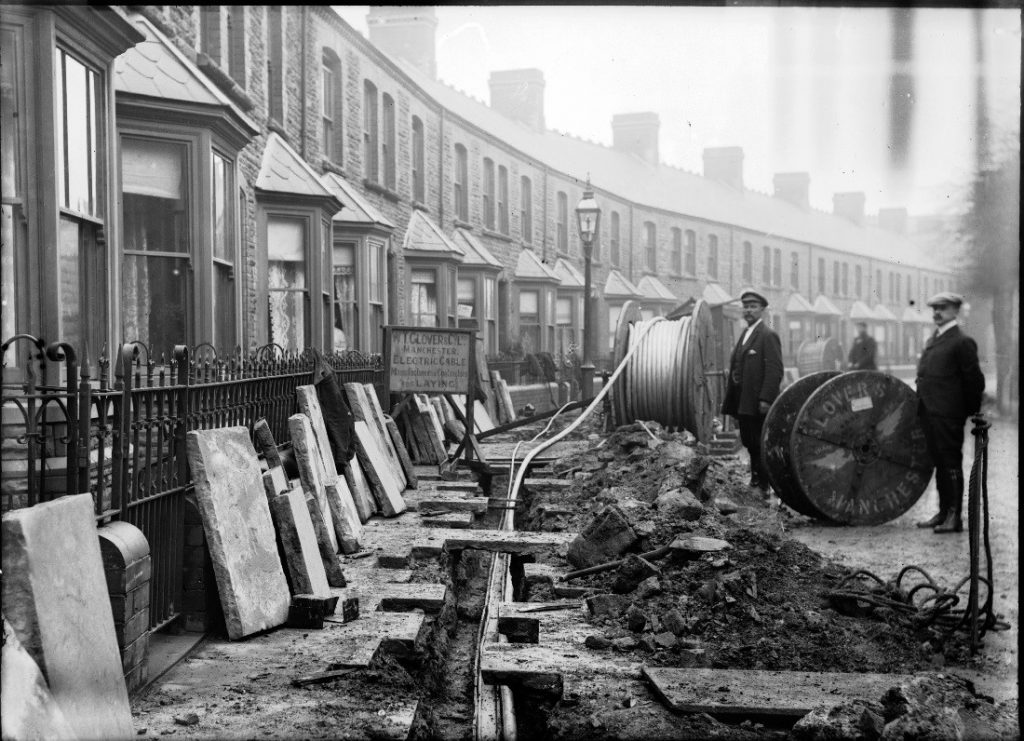
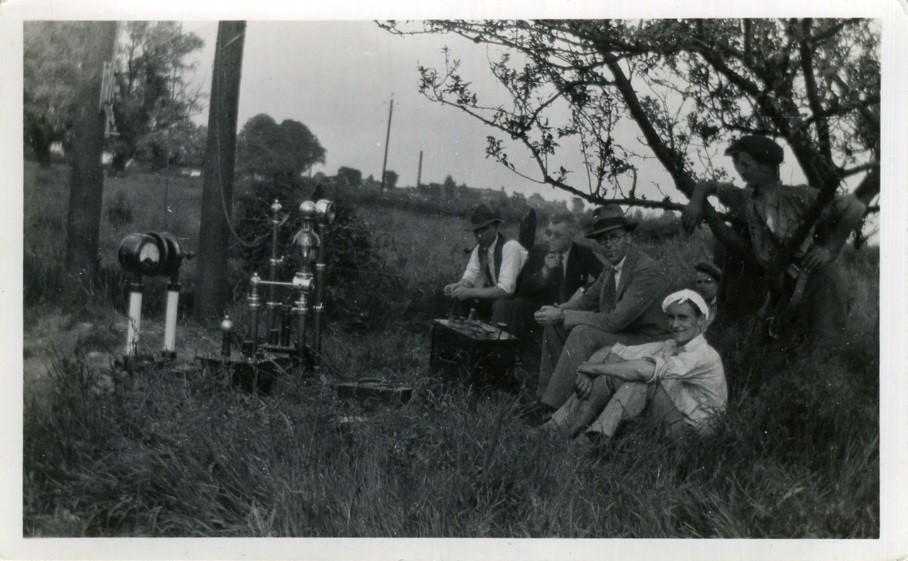
It is lovely to see his work recognized in this way.
Thanks!
– one of his graddaughters
Hi Patricia
Thank you for your comment.
It is always a pleasure to inform people of the work carried out by early pioneers in any industry. We are fortunate to have the information here in order to tell of his contribution to the development of the safe and efficient supply of electricity to our homes and workplaces.
Wonderful photos of the field tests. Do you know where and when they were carried out?
Hi Alice.
Thank you for your comments.
I had another look at the photographs in the H.T. Gooding collection and there are some details on one of the other photographs taken at the same time. The where is a place in North Devon called Instow and the when is in 1933.
I have very fond memories of Grandpa (HT Gooding) regalling me with bedtime stories of his fault location work and his going out with his fault location crew. His stories were fascinating and I loved to hear about the men he worked with. During the war they were out heading up a hill around Crystal Palace and nearly met a flying bomb coming towards them. He was, and remains, a fascinating man. He met his wife, Hetty Elaine, at Callendars. She was the daughter of Stephen Thomas Butler who was the Plant Manager. She lived in the family Works cottage at Erith along with her parents and siblings. Granny and Grandpa told me it was she who initially showed him the ropes of the role when he first started there all those years ago. When they married she left work as was the norm then. Helen (daughter of Marjorie, H.T’s eldest child).
Thank you for the additional information about your Grandfather. It is especially pleasing when we receive personal memories about the people, or objects, we find and write about. As for the Crystal Palace incident to me it is already scary, working with high voltage electricity, without the addition of the odd flying bomb winging its way towards you.
Glad you enjoyed the blog.
Jan.
Wonderful article! So proud of our Grandpa!
Glad to see all the papers archived!
– one of his granddaughters